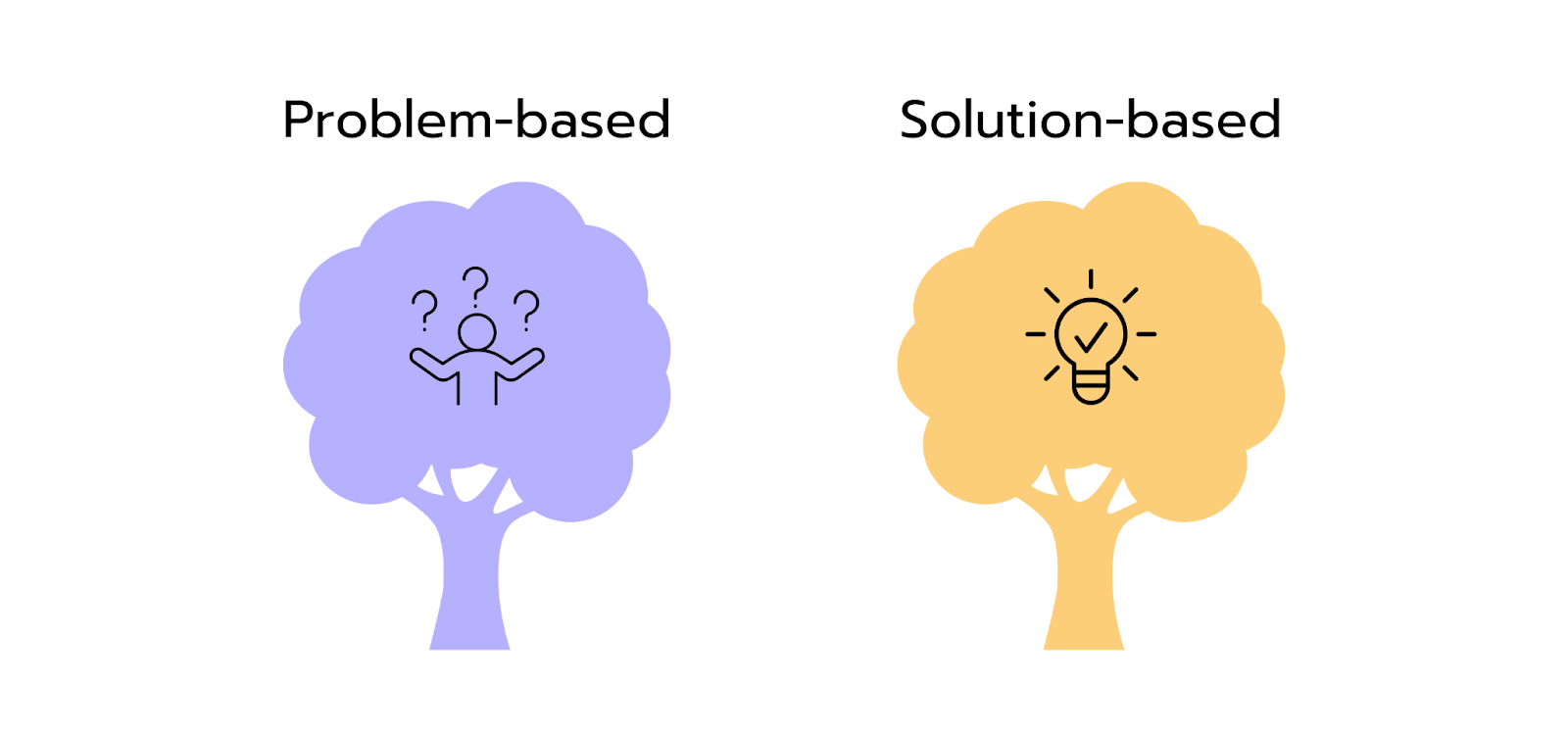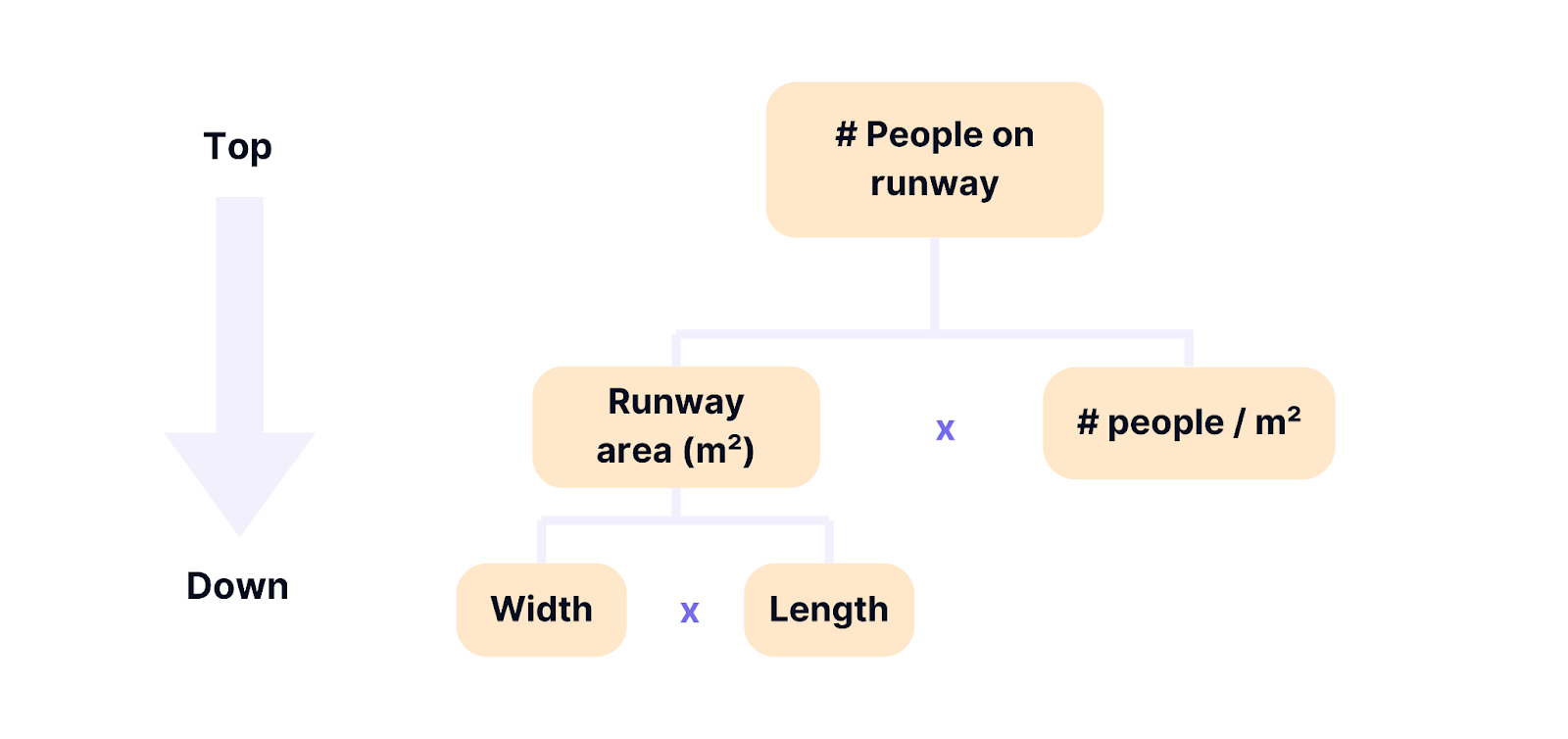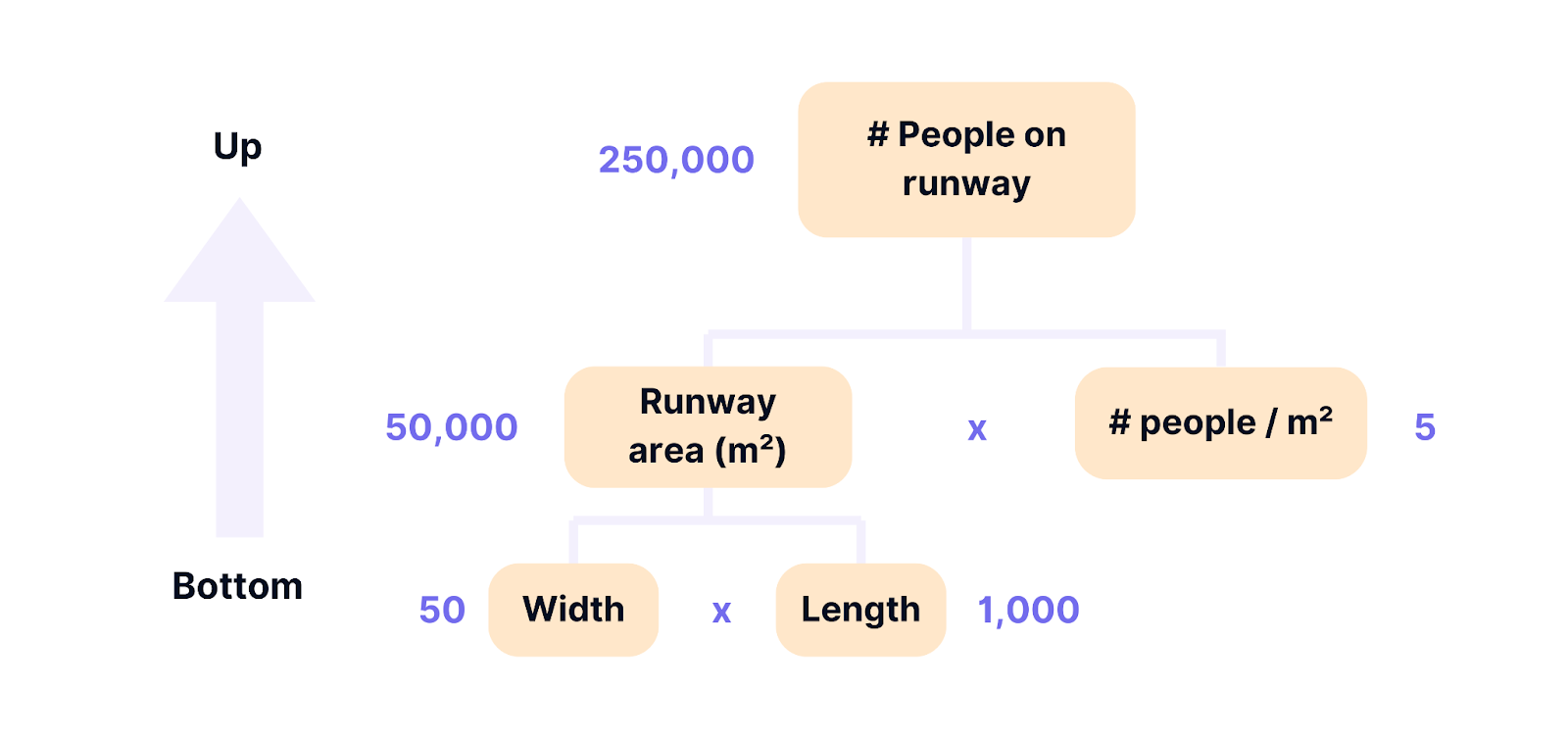The Issue Tree is a valuable tool for analyzing the causes of issues during a case interview. When faced with a complex issue, the Issue Tree helps you break it down into its components. By focusing on the most urgent aspects and employing a hypothesis-driven approach, you can progress more quickly—a skill highly valued in consulting. 🚀
🔎 In this article, you'll learn how to effectively use the Issue Tree, understand the differences between problem-based and solution-based trees, and how to leverage this technique to excel in your case interviews.
Problem-Based Tree vs. Solution-Based Tree
In case interviews, two main types of Issue Trees are utilized:

- Problem-Based Tree: This helps you identify and understand the root causes of the issue and why it occurred in the first place.
- Solution-Based Tree: This is used to develop recommendations and clarify how the issue can be resolved.
Ensure that the issues are MECE (mutually exclusive, collectively exhaustive). Otherwise, it will be challenging to address each area effectively. Use a hypothesis-driven approach to tackle the most significant issues first (see Pareto Principle).
In consulting, the preferred approach is "answer-first" or "results-first." This involves starting with the main solution or conclusion and then working out the rationale. This is closely related to the Pyramid Principle.
💡 Prep Tip: Practice these and other essential frameworks with our drills!
Issue Tree as a Foundation for Consulting Projects
At the start of a new project, your team typically creates an Issue Tree. Once you agree on all relevant sub-issues, you gain an overview and focus on the key questions based on your hypotheses (answer-first style). Since all branches of the Issue Tree are MECE, the project manager can efficiently distribute the workload across the team. Each branch leads to a separate workflow that can be worked on independently, avoiding unnecessary interfaces that could cause inefficiencies. This explains why a small consulting team can achieve a lot in a short time.
Once the causes of an issue are identified, the team uses a solution-based tree to determine how the issue can be resolved.
Example of an Issue Tree in a Case Interview
Imagine you need to calculate how many people can stand simultaneously on an airport runway during a case interview.
Step 1: Problem Analysis with the Top-Down Approach
In the top-down approach, you start by structuring the main problem or the case question and systematically break it down into its individual components. The goal is to identify all relevant areas or factors that influence the problem.

First, you consider the overarching components (e.g., the total area of the runway) and then break these down into more specific details (e.g., the width and length of the runway).
Step 2: Solution Development with the Bottom-Up Approach
In the bottom-up approach, you focus on concrete numbers and data at the most detailed level of the problem and work your way up. You estimate necessary values, such as the width and length of the runway, and use these in your calculations to solve the main problem.

As you can see, the top-down approach allows you to systematically break down the main problem into its components and identify all relevant influencing factors. The bottom-up approach then helps to develop a well-founded solution to the main problem by analyzing specific numbers and data.
💡 In our case library, you'll find over 200 cases on various topics that will help you practice creating an Issue Tree! Check them out.
Key Takeaways on Issue Trees in Case Interviews
- The Issue Tree is a central tool for structuring your case and developing hypotheses.
- Differentiate between problem-based and solution-based Issue Trees.
- Use hypotheses to quickly identify the root causes of the issue.
- Ensure Issue Trees are MECE to avoid inefficient dependencies between branches.
👉 Prep Tip: Practice your cases with peers and arrange meet-ups on our meeting board.


